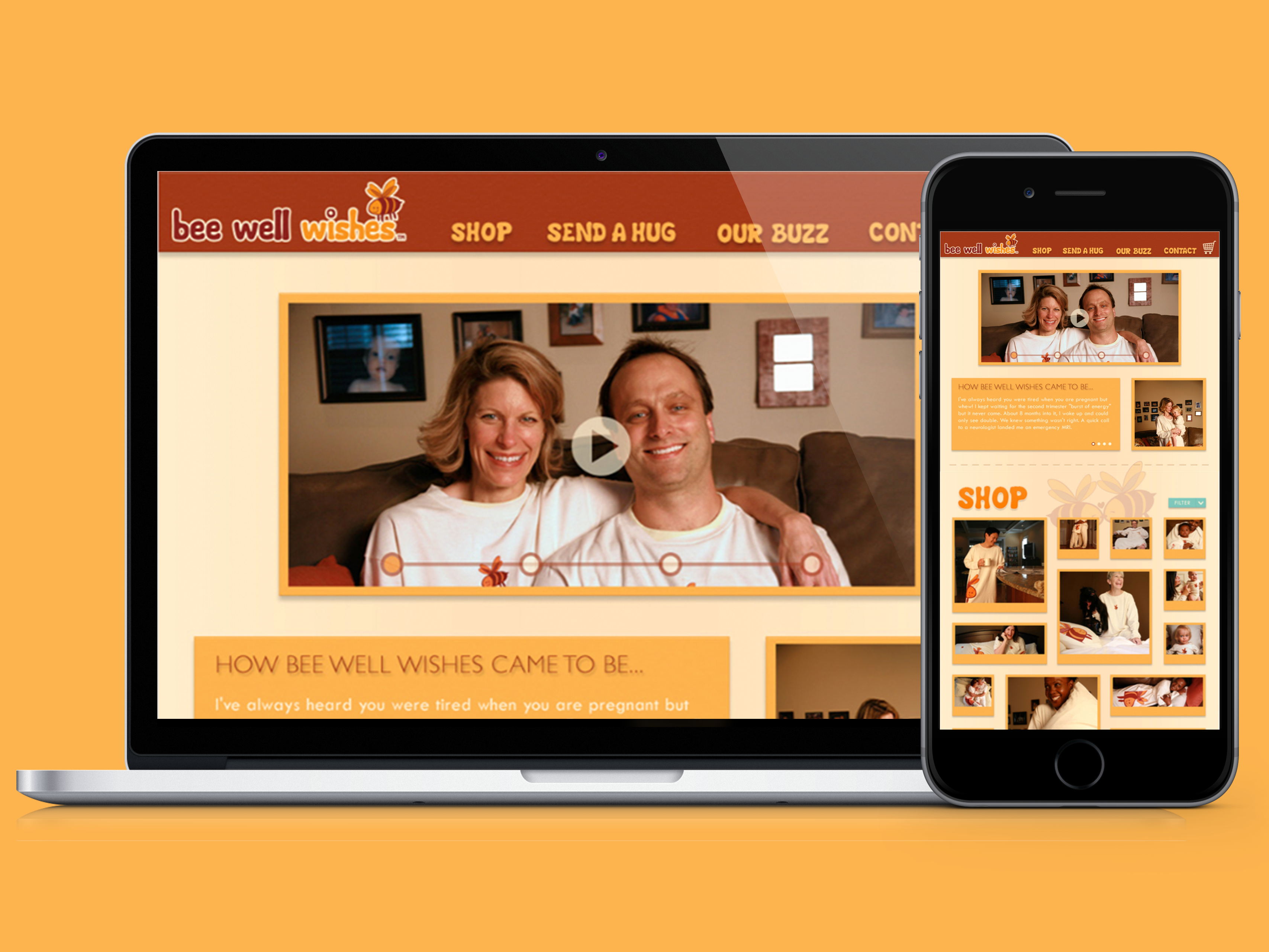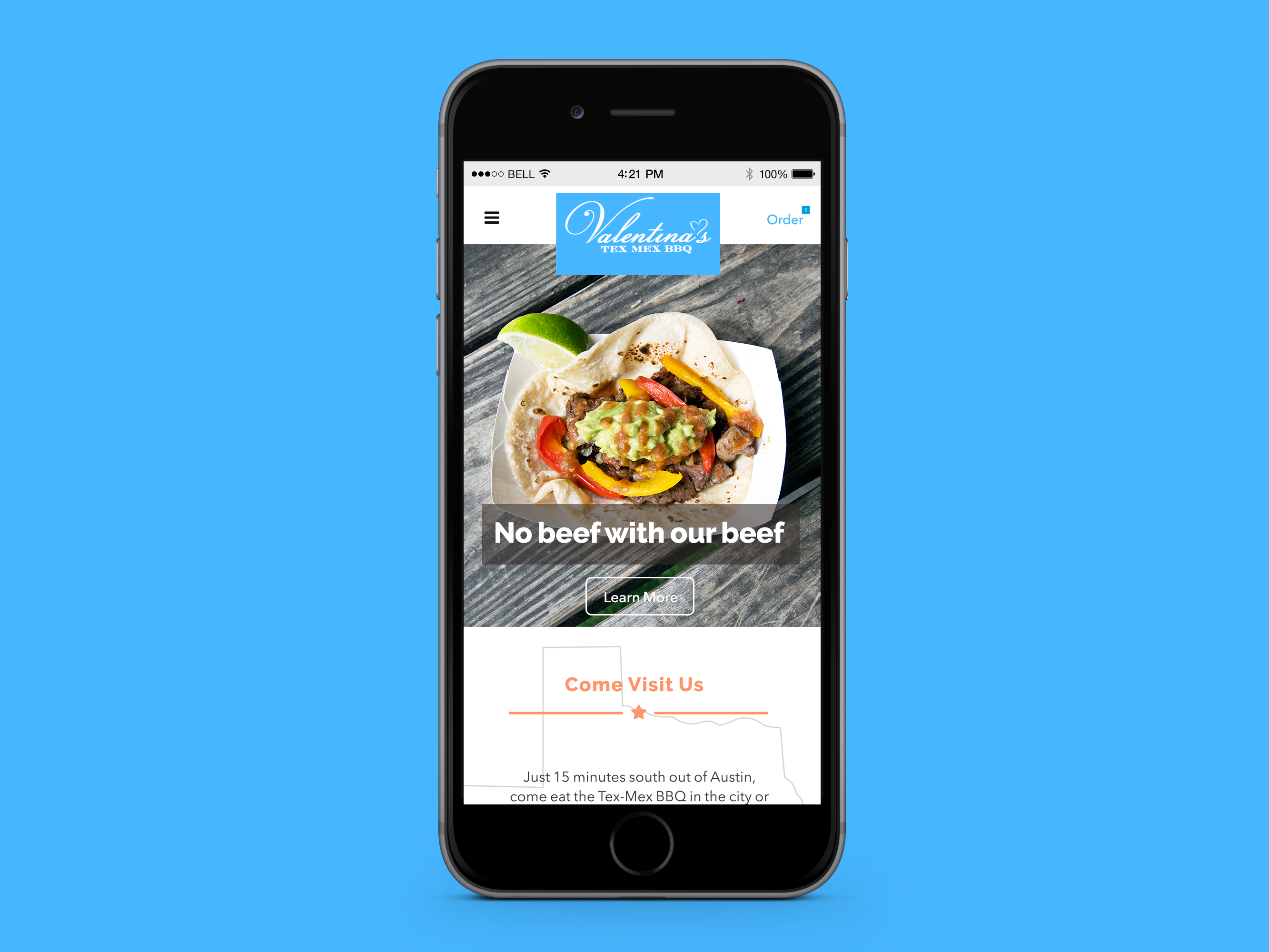What does it take to be a holistic thinker?
It starts with a dedicated focus on the end-user - who they are, what they want, what they need. Ultimately as a designer, the goal is to best serve the people who interact with our product. With that principle as our North Star, an experience will always remain relevant and impactful to the user.
Research
To better understand the user, we rely on research. A wise werewolf once said, we are “creatures possessed by the spirit of inquiry.” User stories, flows, interviews, surveys, personas - these are some of the tools to give us an inside perspective on most everything we want to know about end users and what they are looking for in an experience. Not only that, but it builds a connection between designer and user that shows we care about them and what they do.
However, researching users alone won’t cut it, and even with provided business requirements, those alone are not enough to dictate where we should go with a product. Through data analysis of current products, we know who our business is and what our place in the market is, as well as a fundamental understanding of how our technology works and is utilized by consumers. We have to keep eyes on the competition and how they operate via competitive analysis, and we have to see what emerging tech and experiences are pushing boundaries so we never trail behind or become complacent.
Design & Build
The data gathered during research drives the insights that guide us as we move into design. It starts with sketching and whiteboarding, either alone or collaboratively with teammates, working through use cases, journeys and tasks. Design decisions are made with consideration for small details while maintaining a holistic view of the end-to-end flow. While I can be the designer who sweats every last pixel at times, I also took to heart the phrase “don’t lose the forest for the trees” as I progressed through my career.
Sketches are made, pictures are taken and translation into digital wireframes commences. They are presented to stakeholders who give input and the wireframes are iterated upon again and again until we feel the design is right. From there we create working prototypes to test out our designs and make sure that they are consistent with the experience we expect. They are brought again to stakeholders and teammates for review, and their feedback is included. As time allows, we may even put prototypes in front of the users to get reactions and to make sure that the product works for them as much as we had hoped for. Their feedback is critical and paramount to the success of what we set out to achieve so we bake it into our next iteration.
Once we’ve finalized the design and been approved by stakeholders, our work with developers and engineers to build it begins. That requires dialoguing with them routinely to ensure that the vision we set forth are constructed to spec, finding solves and work arounds on the fly for surprise errors that inevitably arise. I’ve always worked well with engineers since my education came from an engineering school and I sat in the trenches with many as we developed solutions together. Through our frequent contact and work together, we move in lock step until the product is finished.
Analysis
Despite seemingly having made it out of the woods, there’s still more to be done even after a successful launch. Analysis of the finished project in the wild gives us the truest insight as to how successful we actually were. If users aren’t engaged with what we’ve done, it shows here. Tracking how they use a live product or go through a launched experience shows us what was done right, where we went wrong and shines light on new things we hadn’t expected. All of these insights are logged and brought back to our team so we can not only make adjustments in future versions of this, but so we can templatize and streamline other future projects. It’s not a problem if we make a mistake, so long as we learn from it. We should only allow ourselves to make new mistakes.
Now perhaps it’s not always possible to do each thing as I’ve listed here on every project. There will always be a variety of constraints that affect timelines and resources, or sometimes there’s prior work that can be leveraged to keep us moving with more agility. But make no mistake - this philosophy of mine is not an esoteric dream, it’s been my real-world process for my entire career. It informs how I approach every pixel, every page, every journey and every day. I live it as a core tenet of who I am and it shows through my work.
It only takes seeing it yourself to prove.


